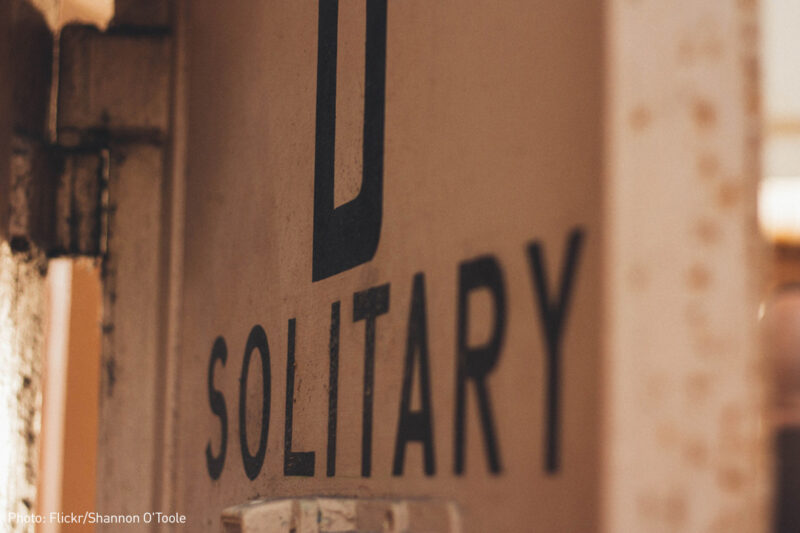New York Solitary Reforms A Critical First Step to Addressing Mass Incarceration


Last week the New York Civil Liberties Union announced a major settlement that overhauls solitary confinement in state prisons: As many as 1,100 people will get out of solitary confinement and the agreement creates a framework for getting even more prisoners out of extreme isolation over the 5-year term of the agreement.
This represents a huge culture shift inside New York prisons, where previously many of the 4,000 people in solitary spent months or even years in windowless cells the size of parking spaces for non-violent rule violations like owning too many postage stamps.
But real and comprehensive reform of solitary isn’t just about doing away with solitary for non-violent acts and vulnerable prisoners. Meaningful reform will have to tackle the way we deal with violence in prison, too. New York’s settlement doesn’t just deal with the low-hanging fruit. The agreement also requires New York to deal in a more humane and effective way with the “toughest cases” by requiring reforms even for people who commit serious acts of violence in prison. These are the people who often face the longest solitary sentences. For the first time, under the agreement, these individuals will have universal access to rehabilitative counselors and educational instructors, including therapy, to get at the root of their actions.
After decades of relying on punitive solitary that time and again has produced dismal results both for safety and human dignity, there is something a bit revolutionary about trying to break the cycle of violence with rehabilitation rather than with deprivation and isolation. This settlement acknowledges that for people engaged in a cycle of serious violence, improving public safety demands giving them the most intensive rehabilitation, instead of locking them up and throwing away the key.
The success of these solitary reforms can provide a framework for how we handle a parallel problem: mass incarceration. Both movements will fall short if they only address non-violent offenders, as I discuss in a recent Marshall Project piece,
Successfully reforming solitary could show the way for a more radical downsizing of our prisons and jails, by persuading crime victims, policymakers and the public that a less punitive strategy — shorter sentences, real rehabilitation — can deliver both safety and accountability.
Just as removing the vulnerable and non-violent from extreme isolation units will not eliminate solitary confinement, removing drug users and other non-violent offenders will not solve the problem of mass incarceration. In both cases, to achieve the sweeping reforms we need, there must be a new approach to violence.
You can read the rest of the Marshall Project piece here.

